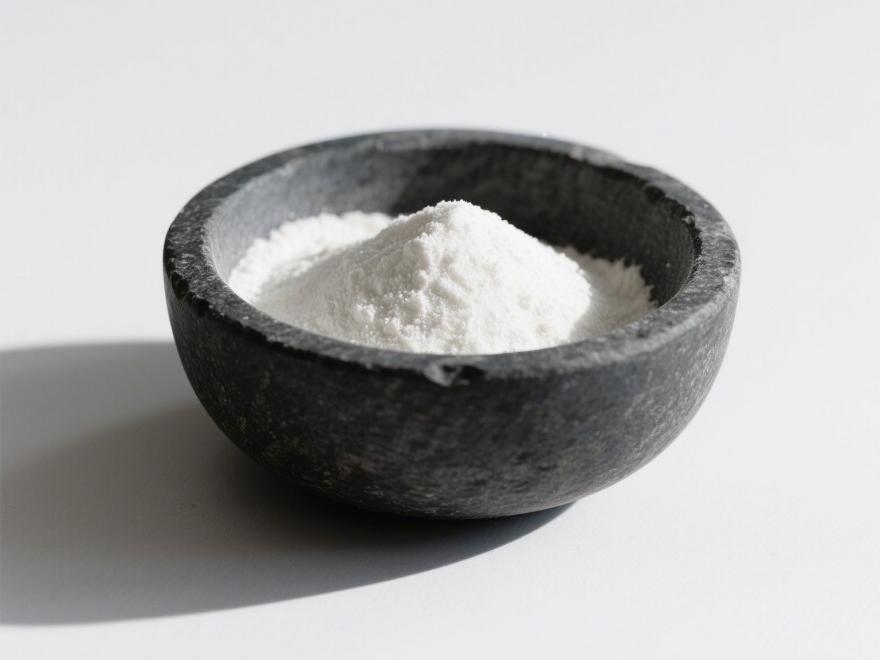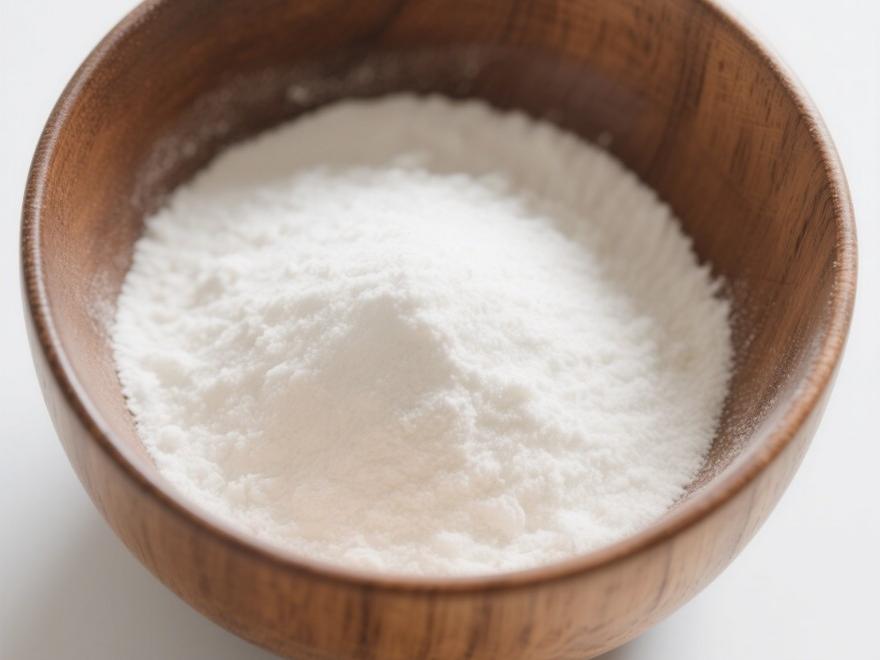Study on Mct Oil for Neonates
The physicochemical properties of medium-chain triglycerides (MCT) determine their distinct metabolic characteristics compared to long-chain triglycerides (LCT). Additionally, the continuous improvement of MCT formulations has led to the clinical application of MCT fat emulsions in recent years. MCT is widely regarded as a superior new fat energy source compared to LCT. This article provides a review of certain experimental and clinical applications of MCT.
1. MCT Formulations [1-3]
Medium-chain fatty acids (MCFAs) are saturated fatty acids containing carbon atoms from C8 to C12, with the main components being caprylic acid (C8:10) and capric acid (C10:10). Each gram of MCT releases 8.3 kilocalories of energy. Currently, there are two main types of MCT emulsions used in clinical practice. One is a mixed-form fat emulsion, with MCT and LCT concentrations in ratios of 50:50, 75:25, or 60:40; the other is a chemically synthesized fat emulsion (structurally modified fat or chemically modified fat emulsion). Structured lipids are produced by hydrolyzing triglycerides (TG), randomly mixing long-chain fatty acids (LCFA) and MCFA, and then re-esterifying the mixture. By altering the concentrations of MCFA and LCFA before re-esterification, triglycerides with different structures can be obtained. Structured lipids synthesized from fish oil and MCFA have shown promising results in animal experiments.
2. Effects of MCT on the reticuloendothelial system and immune function
Thirty days after receiving TPN with two different emulsions, patients in the LCT group had significantly higher levels of tumor necrosis factor (TNF) in their blood, while no increase was observed in the MCT group. This is speculated to be due to LCT inducing peripheral blood mononuclear cells through PGE₂ and LTB₄.⁶ The application of MCT also showed increased production of T lymphocytes, NK cells, and LAK cells.⁷,⁷³ Using isotope-labeled bacteria to measure the bacterial uptake of LCT, MCT, and structural lipids on bacterial uptake rates in different organs showed that: 8, 9 3. 1. Reticuloendothelial cells are involved in the clearance of fatty acids; 2. LCT can inhibit reticuloendothelial cell function, while the effect of MCT is significantly smaller or negligible; 3. The type and dose of fat emulsions have different effects on bacterial uptake rates in various organs: When LCT is administered, bacterial uptake rates in the lungs increase, while MCT and structural lipids increase bacterial uptake rates in the liver; 4. Fat emulsions may have a regulatory effect on host immune responses.
3. Effects of MCT on tumor growth
Malignant cachexia is a common symptom in cancer patients and often requires nutritional support to prevent its progression, but some suggest that nutritional supplementation may stimulate tumor growth. Torosian et al.10 found that rats receiving parenteral nutrition with amino acids, glucose, and LCT had the largest primary tumor volume, heaviest tumors, and shortest doubling time, while those receiving glucose alone or a protein-deficient diet had the smallest tumors, lightest tumors, and longest doubling time.
Additionally, the authors suggest that the supply of exogenous fat plays a significant role in stimulating lung metastasis. The mechanisms may include: 1. providing fatty acids necessary for the synthesis of cell membranes during tumor cell growth and differentiation; 2. linoleic acid inducing prostaglandin (PG) synthesis, which increases lung metastasis; 3. exogenous fat altering the structural and functional specificity of tumor cell membranes, thereby modifying tumor cell metastatic capacity.
Barllett et al. (11) subcutaneously implanted MAC-33 tumor cells into 35 rats and randomly administered different TPN regimens. The control group received only an electrolyte solution. The rats were sacrificed on day 10 for examination. The results showed no significant differences in tumor volume among the LCT-TPN, MCT-TPN, and glucose-TPN groups, but the tumor volumes in the fat groups were larger than those in the control group. TPN had different effects on lung metastasis: LCT-TPN > glucose-TPN > MCT-TPN. The above two experiments indicate that a rich nutritional regimen may have a potential stimulatory effect on tumor growth. MCT had a significantly weaker stimulatory effect on lung metastasis compared to LCT, and even weaker than glucose. MCT-TPN may selectively inhibit tumor metastasis by prioritizing the replenishment of host tissues, and could be considered for the treatment of cancer-associated cachexia.
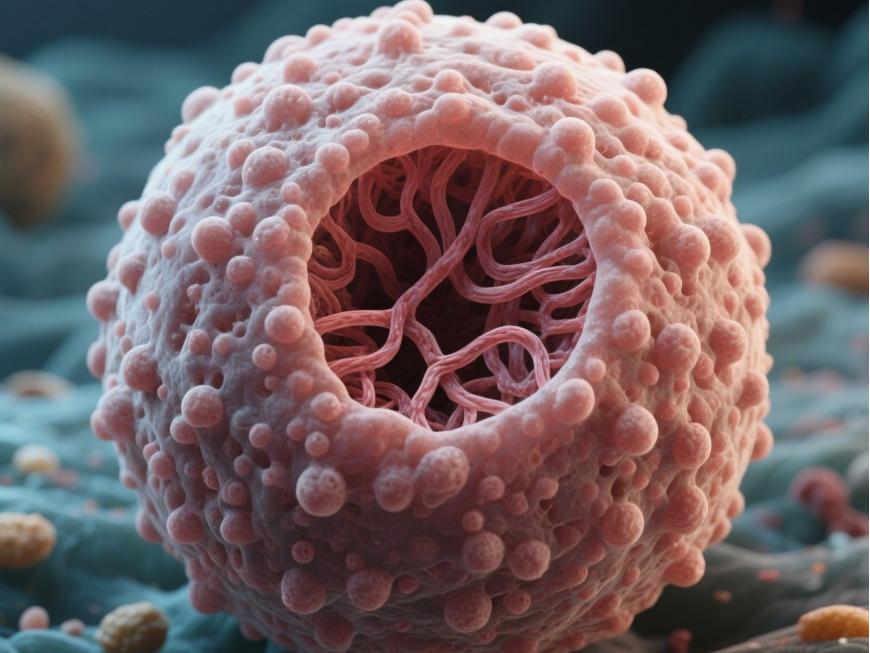
Ling et al. [12] reported the effects of fish oil/structural lipid-TPN on Yoshida sarcoma rats. Compared with rats administered LCT emulsion, there was a significant reduction in tumor volume increase (0.08 vs. 0.22 cm³, P < 0.001), decreased urinary nitrogen excretion rate, reduced weight loss, and a significant decrease in tumor protein synthesis rate. There were also significant differences in the response to additional TNF treatment between the two groups of rats. The results indicate: 1. Fish oil/MCT structural lipids not only inhibit tumor tissue growth but also promote nitrogen retention in host tissues; 2. Fish oil/MCT structural lipids significantly enhance the antitumor effects of TNF; 3. Both fish oil/MCT structural lipids and TNF improve the lipid composition of tumor tissues, with increased w-3 fatty acids and reduced w-6 fatty acids.
Fatty acid antitumor activity is a comprehensive effect. It achieves this by altering tumor cell membrane composition, leading to abnormal cell membrane structure and function; lipid peroxidation; inhibition of prostaglandin synthesis; and immune regulation. Additionally, fatty acids may alter tumor tissue distribution due to the action of “lipid chemotactic factors.” Under physiological pH conditions, among saturated fatty acids with 8 to 14 carbon atoms, decanoic acid exhibits superior antitumor activity compared to other fatty acids.
4. Application of MCT in malabsorption syndrome
MCT has been used for therapeutic purposes for over 30 years. Initially, its application was limited to the gastrointestinal tract, where it yielded positive results. When malabsorption of nutrients occurs due to impaired digestion or absorption caused by certain diseases (Table 1), MCT can reduce nutrient loss. Although plasma lipid concentrations remain unchanged, patients' appetite and nutritional status improve. Co-administration of MCT and LCT also enhances the utilization of essential fatty acids. For example, in patients with cystic fibrosis (CF) and pancreatic insufficiency, peripheral blood and adipose tissue often exhibit reduced levels of linoleic acid, along with increased levels of oleic acid, palmitic acid, and docosapentaenoic acid.
Hubbard[13J conducted a linoleic acid absorption test on 9 CF patients and 7 healthy individuals. Each participant orally ingested 36 g of fat, divided into two safflower oil emulsions (linoleic acid content: 75% and 50%) and two structured lipids (MCT content: 75% and 60%). The results showed that when safflower oil was administered, the increase in plasma linoleic acid area percentage in the CF group was significantly delayed compared to the control group. When structured lipids were administered, the increase in plasma linoleic acid area percentage in the CF group was not delayed, and the peak value was significantly higher than that of the control group. The authors concluded that simple malabsorption is not the cause of abnormal fatty acid profiles, and that sufficient energy should be supplemented when supplementing linoleic acid. The advantage of structured lipids lies in the fact that MCT provides immediate energy after absorption, enhances the utilization of essential fatty acids, and reduces the occurrence of abnormal fatty acid profiles.
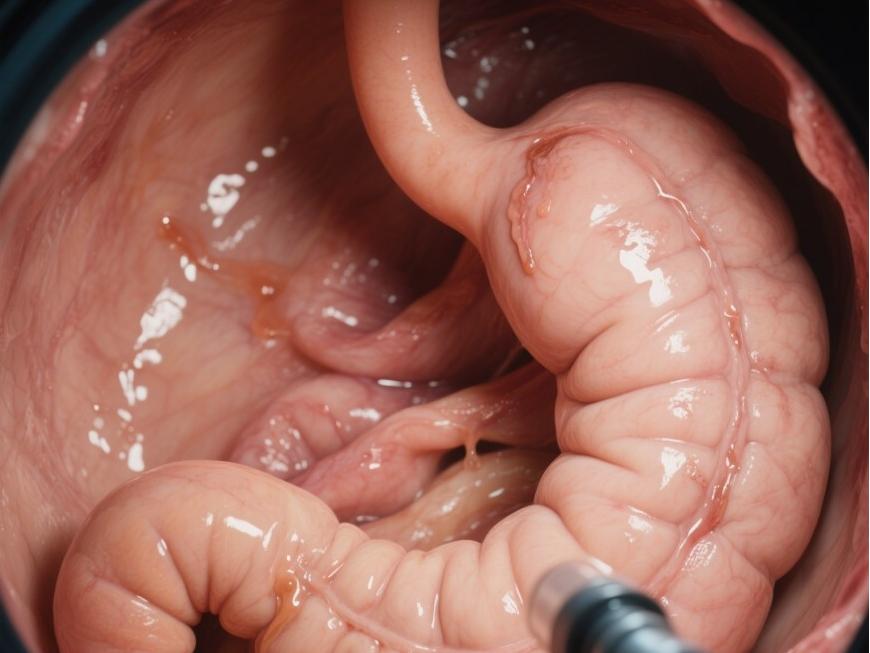
Oral administration of MCT exhibits metabolic characteristics similar to those of intravenous MCT administration. Experiments using isotope-labeled MCT and LCT [14] showed that the average oxidation rate 4 hours after oral MCT administration was not significantly different from that after intravenous administration, while the average oxidation rate two hours after oral administration of LCT was only half that of intravenous administration. Other studies have also shown that oral MCT has significantly better absorption and utilization than LCT, and that the energy expenditure of oral MCT is lower than that of intravenous MCT. MCT has a significantly stronger stimulating effect on cholecystokinin secretion than LCT [15].
5. Application of MCT in trauma and infection
Patients with trauma and infection are in a state of high catabolism, and the goal of nutritional support is to reduce protein breakdown and protect organ function. Lipid emulsions are an important component of non-protein energy sources, and in a state of high catabolism, tissue utilization of fat increases. Due to LCT's accumulation in the liver and its inhibitory effect on the reticuloendothelial system, its application is limited in certain patients. From this perspective, the use of MCT is appropriate. A controversial issue in trauma and infection is the nitrogen-sparing effect of MCT. Due to its rapid and relatively complete oxidation, is MCT merely a short-term pure energy source, and does it perform worse than LCT in preserving protein?
There were no significant differences between the two fat emulsions in their effects on plasma total protein, albumin, and short-half-life proteins (prealbumin, transferrin, and retinol-binding protein) concentrations. When MCT-TPN was administered, albumin levels decreased in ICU patients, while albumin levels increased in patients with portal-systemic shunts and burn rats. From a nitrogen balance perspective, MCT emulsions appear to be superior to LCT [1617]. In perioperative patients receiving MCT emulsions, better nitrogen balance was observed: after administering two different fat emulsions (TPN) to septic patients, the excretion of carnitine and 3-methylhistidine (3-MH) in urine was similar, but the 3-MH/carnitine ratio was lower in the MCT emulsion group. suggesting that muscle breakdown was less in the MCT emulsion group than in the LCT emulsion group [18]. Some experiments indicate that the nitrogen-sparing effect of structured lipids is superior to that of MCT mixed emulsions and LCT emulsions [1920]. However, some studies failed to detect significant differences in nitrogen-sparing effects between MCT and LCT [21222].

6. Application of MCT in infants and young children
MCFAs play an important role in human infants. Approximately 15%–20% of fatty acids in umbilical cord blood are ≤8-carbon fatty acids. In human milk fat, MCFAs account for approximately 4% (C₆:~C₈:0) to 12% (C₆:0~C₁₂:0). In recent years, MCT formulas specifically designed for preterm infants contain MCFA at levels of 12.5%–50.0% of total lipids. MCFA is easily absorbed by the neonatal intestine, and intravenous administration of MCT is fully oxidized without adverse effects. Experimental studies have shown that MCFA increases glucose production in newborns with normal or low birth weight [23].
Blood ketone body concentrations are correlated with the concentration of MCT administered, and this effect is similar to the mild ketosis observed when feeding human milk [243]. Quantitative analysis using [1³C] potassium caproate revealed that preterm infants have limited MCT oxidation capacity, and caution should be exercised when administering high concentrations to avoid potential adverse effects. Therefore, when administering MCT to infants and young children, the following points should be considered: 1. The infant's intestines can adequately absorb MCFA; 2. When administering MCFA at high concentrations, incomplete oxidation may lead to increased excretion of dicarboxylic acids, which may still accumulate in adipose tissue; 3. Carnitine still plays a role in MCFA metabolism; 4. Prevent essential fatty acid deficiency; 5. Monitor nitrogen balance and growth in infants and young children; 6. Excessive administration of MCFA may cause toxic effects.
The growth curves of infants fed with MCT are similar to those of infants fed with LCT, but their body size is slightly smaller than that of LCT-fed infants; this may be related to reduced fat accumulation. No differences in growth parameters were observed between infants fed with different concentrations of MCT. Some researchers suggest that different types of fat in the diet may influence the development of fat tissue cells in infants and young children. The number and volume of fat tissue cells in rats fed LCT were significantly greater than those in rats fed MCT. Early administration of MCT after birth may have a potential role in preventing and controlling obesity.

Administering fat emulsions during neonatal jaundice is considered dangerous. Free fatty acids (FFAs) can completely displace bilirubin from its binding sites, leading to elevated plasma unconjugated bilirubin levels and increased neurotoxic effects. Rubin et al. [26] administered different types of fat emulsions (all at 3.0 g/day) to 18 premature infants requiring parenteral nutrition. Plasma unconjugated bilirubin levels were significantly lower after administration of MCT emulsions compared to LCT emulsions. The percentage of FFA to albumin-corrected unconjugated bilirubin was positively correlated only with LCT emulsions (r = 0.73, P < 0.005). In vitro experiments also showed that the affinity of FFA for albumin binding sites increases with longer carbon chains.
7. Application of MCT in liver disease
MCFA is absorbed in the intestine and enters the liver via the portal vein for metabolism. The liver plays a greater role in the metabolism of MCT than in that of LCT. Intrahepatic fat accumulation can impair hepatic protein synthesis. Replacing part of LCT with MCT to reduce intrahepatic fat accumulation may help protect liver function. Ultrasound examination of liver morphological changes revealed that in the MCT emulsion group, liver size and gray-scale values remained unchanged before and after one week of TPN, while both values significantly increased by 27% in the LCT emulsion group. Liver protein synthesis was also superior in MCT emulsion patients compared to LCT emulsion patients.
The choice of non-protein energy sources for parenteral nutrition in patients with cirrhosis remains controversial. Due to the high incidence of glucose intolerance in cirrhotic patients, the administration of high-dose glucose is inappropriate. Many authors also oppose the routine use of LCT in cirrhotic patients. This is because, in cirrhosis, the synthesis of Apo-Cr, albumin, carnitine, and liver lipase is reduced, impairing the metabolic clearance capacity of LCT. while MCT administration can avoid these deficiencies.
A venous fat tolerance test (IVFTT) in 28 cirrhosis patients showed that the average partial clearance rate of MCT emulsion was 7.72%/min, compared to 5.43%/min in healthy controls. Although cirrhosis patients had higher baseline FFA levels, FFA levels increased further during the IVFTT, but FFA concentrations did not return to baseline levels within 1 hour in all patients. Fan et al. [28] concluded that the clearance capacity of MCT emulsions is not impaired in patients with cirrhosis, which is of significant importance for nutritional support in Child C-stage patients; the use of MCT/LCT emulsions, by distributing energy between different fats, can avoid metabolic overload from a single substrate.
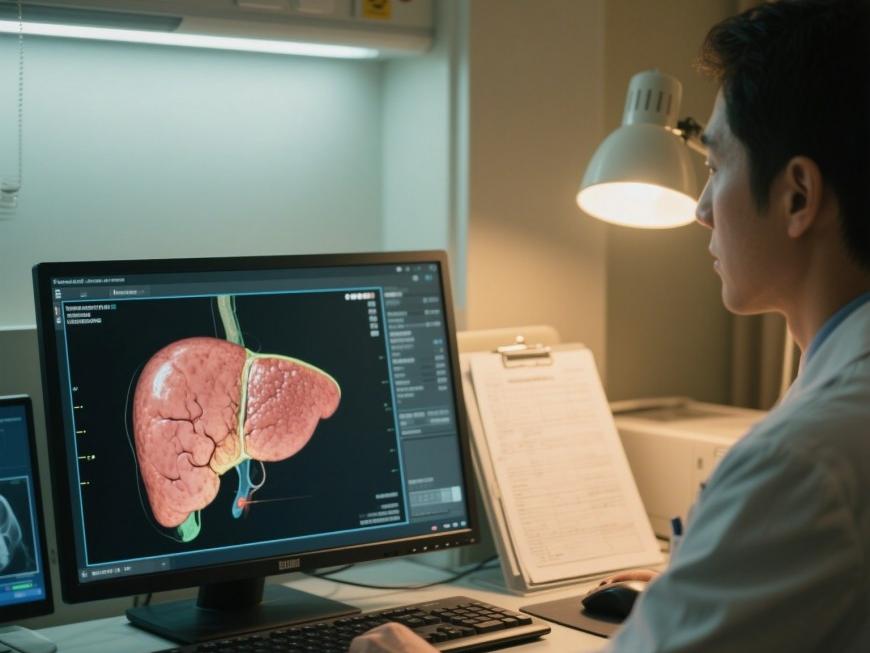
8. Application of MCT in acute kidney injury
During acute renal failure (ARF), approximately half of patients exhibit significant impairment of lipid metabolism. Total triglycerides (TG), very-low-density lipoprotein (VLDL), and low-density lipoprotein (LDL) TG levels increase, while plasma cholesterol, particularly high-density lipoprotein (HDL)-cholesterol levels decrease [29]. The primary cause of lipid metabolism abnormalities during ARF is impaired lipolysis. Peripheral lipoprotein lipase and hepatic lipase activity exceed 50%, leading to delayed clearance of exogenous fats. Previously, it was believed that elevated serum TG levels were detrimental to the recovery of renal failure.
However, since Lee et al. demonstrated that elevated TG levels do not impair the normal recovery of renal lesions, the benefits of administering fat emulsions during ARF have been confirmed: increased total calorie intake, reduced total fluid volume, and providing essential fatty acids. No significant side effects were observed with the use of fat emulsions during ARF. Druml et al. [30] compared the clearance of MCT emulsions and LCT emulsions in 7 patients with renal failure and 6 healthy controls. In the control group, MCT clearance was higher than LCT. In the ARF group, clearance of both emulsions decreased by >60%, with no significant difference between the two emulsions. FFA clearance was higher in the MCT group than in the LCT group, but significantly lower than in the control group's MCT clearance. Both fat emulsions can be used for nutritional support in ARF, but MCT emulsion is superior to LCT emulsion.
참조
[1] Nakagawa, Gaku. Japanese Journal of Clinical Medicine, 1991;49(Suppl):767-771
[2]Gottschlich MM.NCP,1992;7(4):L52-165
[3]Mascioli EA et al.JPEN,1988;12(6;:S127-S132
[4]Swenson ES et al.Metabolism,1991;40 、5):484- 490
[5]Gogos CA et aI.JPEN,1991;16(1 Suppl):S20
[6]Sedmen PC et al.Br J Surg,1991;78(11):1396- 1399
[7]Hoki M et al.JPEN,1992;16(1):S26
[8]Sobrado J et al.Am J Clin Nutr,1985;42(5):855863
[9]Hamawy KJ et al.JPEN,1986;9(5):559-565
[10]Torosian MH et al.Surgery,1991;109(5):597-601
[11]Barllet D, et al.JPEN,1992;16(1):S27
[12]Ling PR et al.Am J Clin Nutr,1982;36(5):1177- 1184
[13]Hubbard VS et al.Lipids,1987;22(6):424-428
[14]Lasekan JB et al.J Nutr,1992;122(7):1483-1492
[15]Mabayo RT et al.J Nutr,1992;122(8):1702-1705
[16]Hasabe M et al.JPEN,1992;16(1):S27
[17]Dawes RFH et al.World J Surg, 1986;10(1): 38046
[18]Bach AC et al.Clin Nutr,1988;7(1);157-163
[19]Mok KT et al.Metabolism,1984;33(10):910915
[20]DeMichele S et al.Metabolism,1988;37(8):787-795
[21]Stein TP et al.Am J Physiol, 1986;250(3):E312-E318
[22]Pomposelli JJ et al.Gastroenterology,1986;91(2): 305-312
[23]Bougneres PF et al.Am J Physiol.1989;256(5): E692-E697
[24]Wu PY et al.Pediatr Res,1986;204);338341
[25]Bustamante SA et al.AJDC,1987;141(5):516-519
[26]Rubin M et al.JPEN,1991;15(6);642-646
[27]Baldermann H et al.JPEN,1991;15:6);601-603
[28]Fan ST et al.JPEN,1992;16(3);279-283
[29]Schneeweiss B et al.Am J Clin Nutr,1990;52(4);595-601
[30]Druml W et al.Am J Clin Nutr,1992;65(2): 468-472
-
Prev
What Is the Meaning of Medium Chain Triglycerides?
-
다음
Study on Medium Chain Triglycerides for Weight Loss


 영어
영어 프랑스
프랑스 스페인
스페인 러시아
러시아 한국
한국 일본
일본